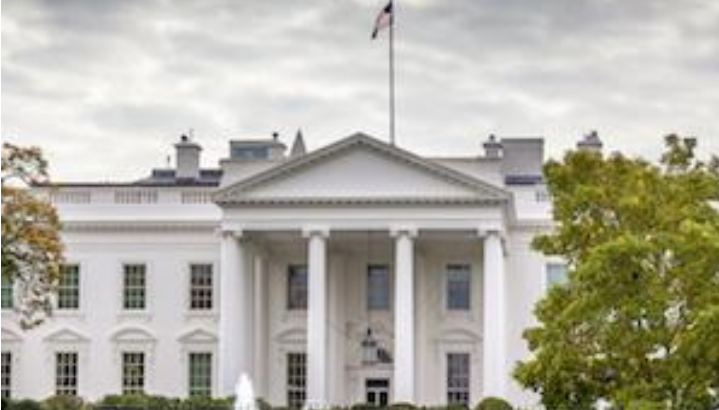Published 11 November 2016 | 5 minute read
As the world continues to digest the surprising election of Donald Trump, questions over the path forward in international trade are coming to the forefront, both in the US and in countries around the world.
President-elect Trump’s pronouncements on trade have been vivid and unambiguous: He would tear up the NAFTA agreement. The pending Trans-Pacific Partnership (TPP) is a disaster, and should be scrapped altogether or entirely renegotiated. He would impose 45% tariffs on Chinese imports, 35% tariffs on Mexican imports, and 20% tariffs on various other countries. Taken in its totality, this would be the most blatantly protectionist trade policy enacted by the US in at least 85 years.
With the campaign now over, the emphasis will soon shift to governing, policy implementation, and turning campaign pledges into reality. The first question that arises therefore is: what power and authority would Mr. Trump have to actually execute these drastic trade policy pronouncements?
Start with the scrapping of NAFTA. From a technical point of view, this would be fairly straightforward. Section 2205 of the NAFTA agreement permits any of the three parties to withdraw from the agreement after providing the other parties with 6 months notice. A Trump Administration – like any other Administration — would maintain its right to exercise this clause as it sees fit.
Of course, given the deep level of North American economic integration after 20 years of NAFTA, there would be severe dislocations if seamless continental industries now have to “dis-integrate” themselves. For instance, a typical North American produced automobile would crisscross the US, Canadian, or Mexican border on multiple occasions as it moves through production. Unwinding this integration would be immensely complex. But that’s a separate discussion. If the question is, could President Trump pull the US out of NAFTA as he has vowed to do, then the simply answer is: Absolutely yes.
What about the imposition of tariffs on China, Mexico, and other countries? Section 301 of the Trade Act of 1974 actually gives the Executive branch fairly broad powers to take retaliatory actions, including the imposition of tariffs, if US commercial interests are being harmed by unfair foreign trade practices. Of course, these so-called “Section 301 cases” would have to be taken and evaluated on an individual basis, but this provision does provide the executive branch with a fairly broad cudgel to do much of what Mr. Trump has pledged.
It should be noted however that many of these cases would almost certainly be challenged at the WTO. It remains to be seen if the Trump Administration would be willing to accept any adverse WTO rulings on the tariffs Mr. Trump has pledged to impose, but the rhetoric thus far suggests not. If that’s the case, then the likely result would be a cycle of tit-for-tat retaliation between the US and its trading partners.
Let’s move to the major pending free trade agreement, the TPP, which has been concluded but not yet ratified by the US Congress. The Obama Administration had previously signaled its intention to submit the Trans-Pacific Partnership (TPP) to a lame duck session of Congress to be held after the election. Donald Trump’s unanticipated victory means however that the TPP is almost certainly dead, at least in its current form. Congressional support for TPP has always been tepid, and with the incoming President being stridently opposed to TPP, there does not appear to be any reasonable path to ratification.
What about the US-EU trade deal, known as the Trans-Atlantic Trade and Investment Partnership (TTIP)? As with TPP, this agreement appears dead as well.
Long before the election, the negotiations had already run into significant roadblocks, getting hung up on a number of issues, including geographic indications and government procurement. And it’s not clear if those differences could be bridged. Assuming however that the negotiations could be brought to a successful conclusion, the prospects for passage of the TTIP were dealt a serious blow by the recent “near death experience” encountered by the far less controversial Canada-EU trade deal (CETA). Although it was eventually signed, significant public opposition in Europe came very close to derailing this seemingly noncontroversial agreement.
The obvious takeaway was that if the “easier” Canada-EU deal was that difficult, the far more controversial TTIP might very well be impossible. Now we have a US President-elect who has railed unceasingly against “disastrous” trade deals negotiated by “loser” trade negotiators. Since there is simply no time for the lame duck Obama Administration to conclude TTIP, the ultimate disposition of the agreement will have to await incoming President Trump — meaning of course that at least in its current form, TTIP is also dead.
The celebratory confetti has hardly been swept up from the floor at the Trump campaign victory party, so it is far too premature to draw definitive conclusions about the path forward in international trade under a Trump Presidency. But based on what we do in fact know at this point, there could well be some tectonic plate shifts in store for the international trade landscape.
© The Hinrich Foundation. See our website Terms and conditions for our copyright and reprint policy. All statements of fact and the views, conclusions and recommendations expressed in this publication are the sole responsibility of the author(s).

